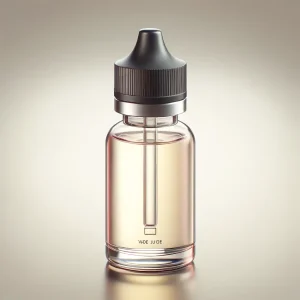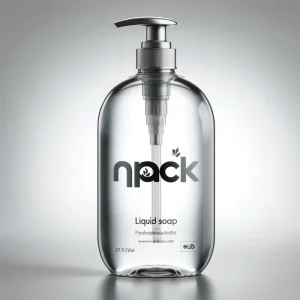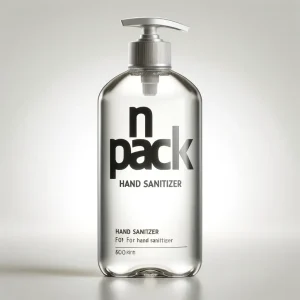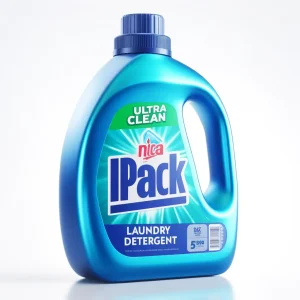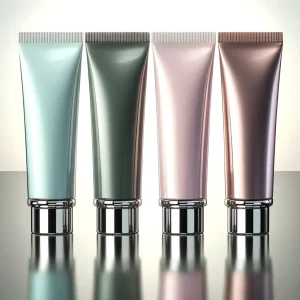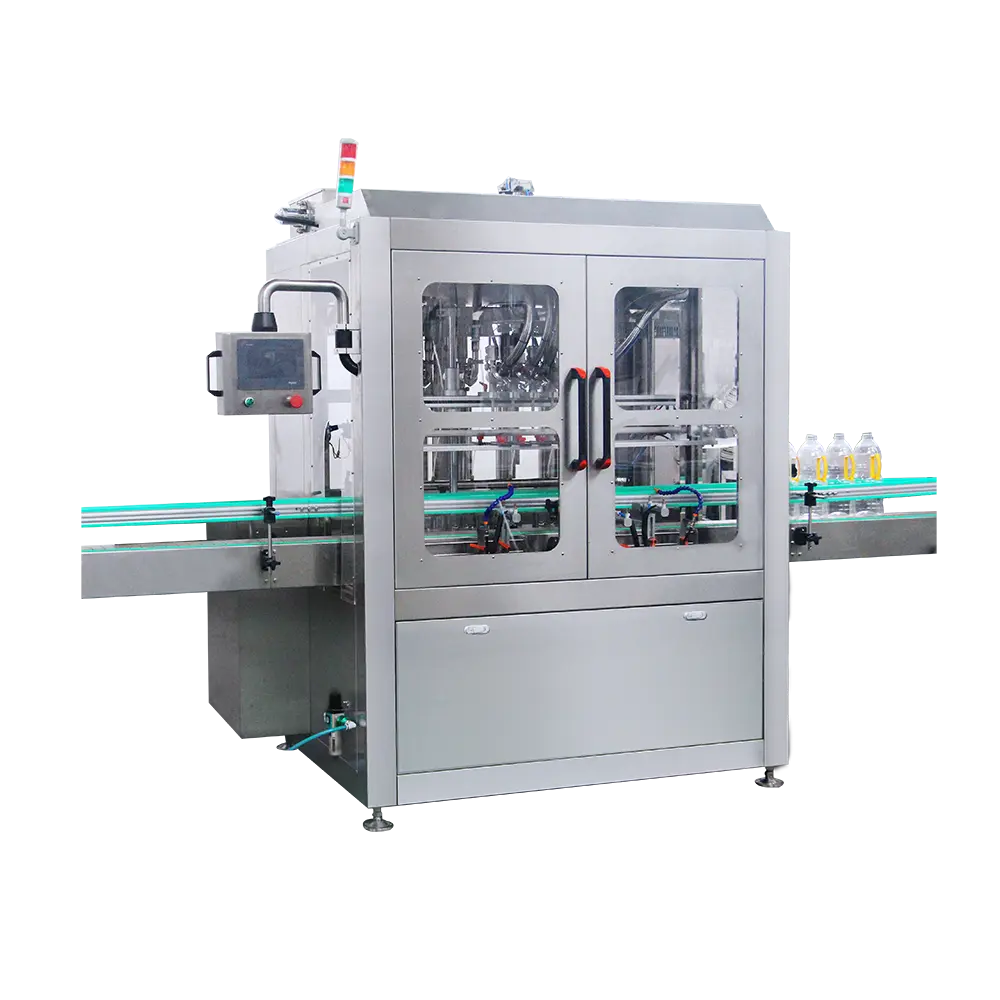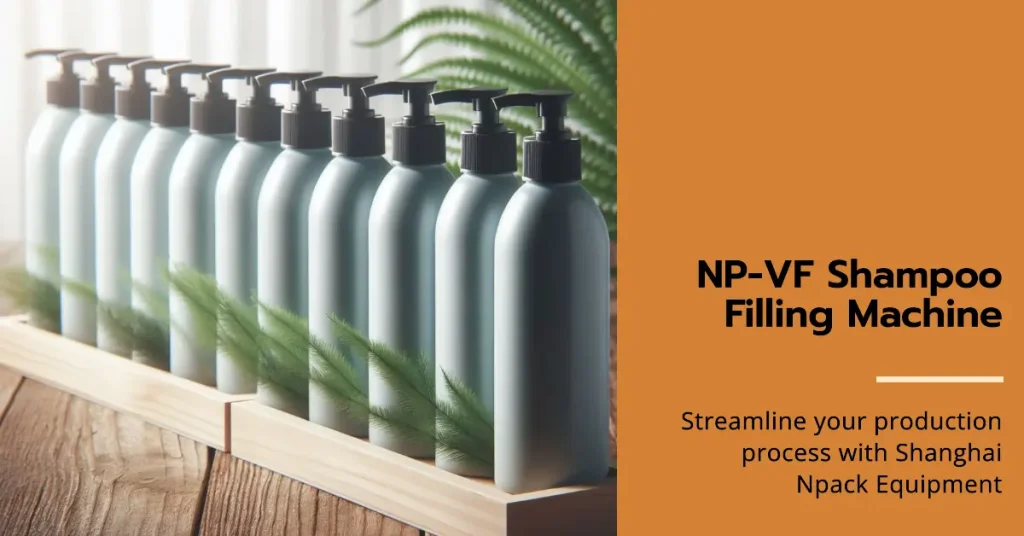Shampoo Bottle Filling Machine
Our advanced Shampoo Bottle Filling Machine from Shanghai Npack is designed to efficiently and precisely fill 16-ounce bottles with shampoo, daily chemicals, and household products. Fully automated and equipped with a high-tech servo motor, this machine fills bottles rapidly and with exact amounts. It features an adjustable filling method that starts quickly and ends slowly, helping to control the amount dispensed and extend the machine’s service life.
NPACK is a leading manufacturer and exporter, specializing in Shampoo Filling Machines. These machines are expertly crafted to efficiently handle the foaming properties of shampoos, making them perfect for contemporary shampoo packaging requirements. Specifically designed for versatility, these machines can also fill creams, pastes, and other cosmetics in quantities ranging from 100ml to 1000 ml or more, demonstrating their adaptability in various packaging environments. With extensive experience in daily chemicals liquid filling technology, NPACK recommends the use of a piston filler for precise dosing, ensuring that each bottle of shampoo is filled accurately and efficiently.
NPACK’s Hotel Shampoo Filling Machine is robustly engineered with 304 stainless steel, known for its exceptional durability and strength, ensuring it can endure the rigors of a busy production line. For those requiring enhanced resistance, an upgrade to 316 stainless steel is available for components in contact with your products.
The machine features a servo motor-driven dosing system, which guarantees highly precise fills, critical for quality packaging. To maintain cleanliness, it includes a built-in drip tray that captures any overflows, thereby keeping the production area neat and orderly.
Designed to handle foamy products efficiently, the machine offers an optional diving filling head that minimizes mess and ensures accurate filling levels. It accommodates a range of product viscosities with adjustable filling speeds—from slow for thick creams to fast for more fluid substances.
Incorporating “No Bottle No Fill” technology, the machine optimizes productivity by preventing waste. It boasts a user-friendly, PLC-controlled touch screen interface that simplifies operations for all users. Tool-free changeovers for different bottle sizes make the process swift and seamless.
Additionally, the machine is designed for straightforward maintenance, allowing quick disassembly for cleaning and upkeep, enhancing overall efficiency and machine longevity.
| Model | NP-VF Series | ||||
| Nozzles Number | 6 | 8 | 10 | 12 | |
| Filling volume | 100-1000ml/ 250-2500ml/500-5000ml | ||||
| Production capacity | 1000-6000 pcs/Hour ( Depends on Filling volume,bottle mouth, and viscous and foamy degree) | ||||
| Quantitative error | ≤±0.5% | ||||
| Voltage | 380V/220V, 50Hz/60Hz | ||||
| Power | 1.5KW | 3KW | 3KW | 3KW | |
| Air Pressure | 0.6-0.8 MPA | ||||
| Air consumption | 0.6M3/min | 0.8M3/min | 1M3/min | 1.2M3/min | |
This video shows how the shampoo filling machine working with a vlumetric piston system.
Related Products
